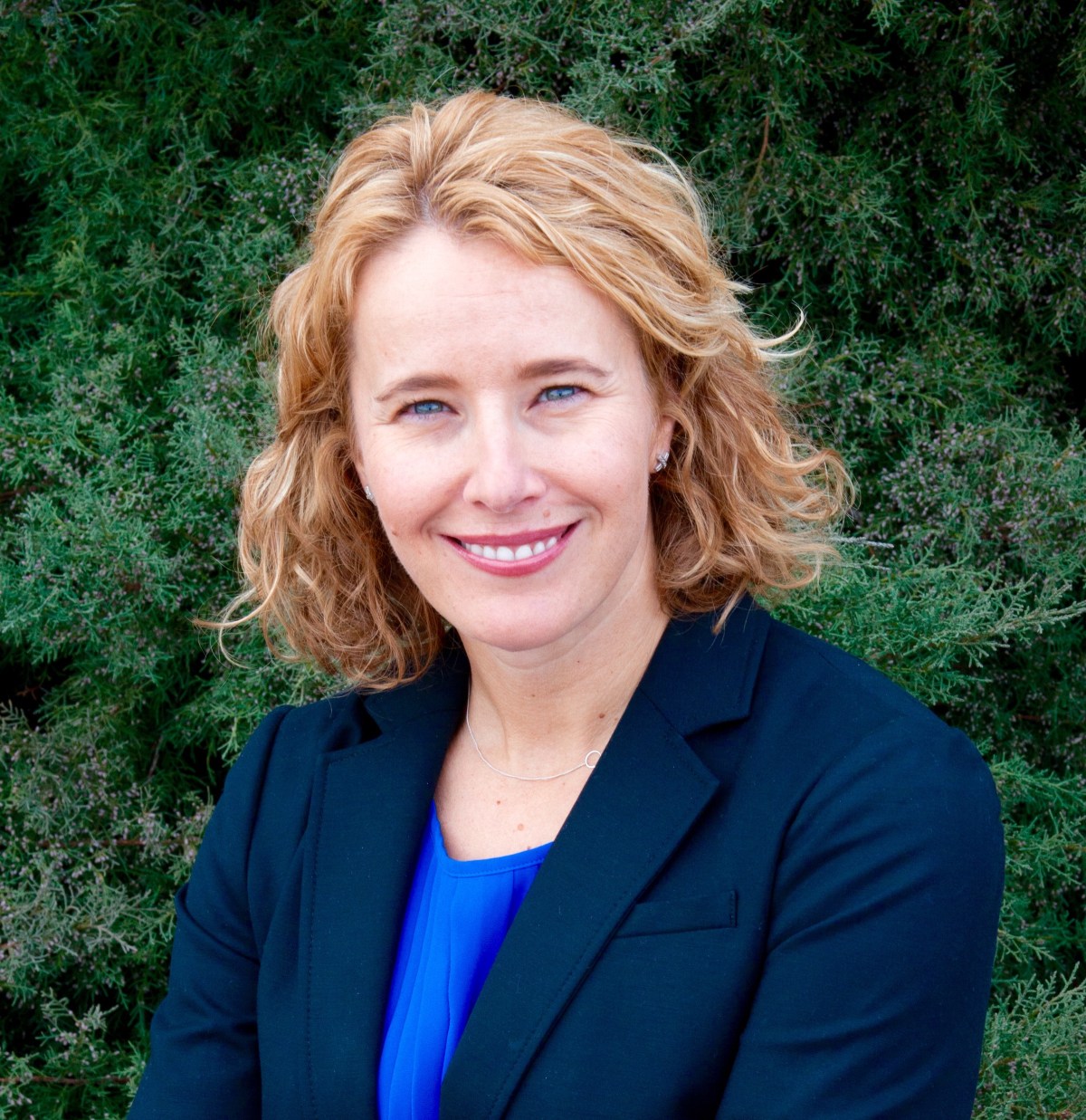The Park Record got it exactly right with their May 15 headline, “Summit attendees optimistic about economy,” and Toria Barnhart’s report summarizing Zions Bank Senior Economist Robert Spendlove’s presentation to the Wasatch Back Economic Summit on May 12.
Spendlove deployed the latest data to demonstrate to a sold-out crowd at the Grand Summit Hotel our enviable position as an economically vibrant state and region poised to achieve our goals of a balanced, sustainable economy and lifestyle.
For the second year running, Spendlove said, Utah’s economy is rated No. 1 by US News, scoring high in health care and our natural environment. Population growth in the Wasatch Back exceeds growth in urban areas, with an influx from coastal states such as Oregon, California, and New York. Job growth is strong, though the labor market remains tight.
The most stunning news was our sky-high positivity, especially compared to the rest of the country. National sentiment is sobering, with 63 percent saying the economy is “not so good or poor.” Not us. A staggering 87 percent of Utahns believe, justifiably as Spendlove demonstrated, the economic outlook is somewhat or very positive, with “very positive” standing at 34 percent. The optimism was even more pronounced at the conference, where a real-time online survey revealed that around 90 percent of attendees were somewhat or very optimistic.
While the landscape is promising, it’s important we acknowledge the challenges. Spendlove estimates that consumer prices have surged by 20 percent since 2020, leading to a reduction in savings. High mortgage rates and real estate prices continue to block access to home ownership. He cautions that “things will not go back to how they were,” particularly mortgage rates, which were artificially low for over a decade due to the twin calamities of the 2009 recession and COVID.
Despite our challenges, the overall positive tone carried over into the day-long breakout sessions with local experts on transportation, workforce development, affordable housing, destination marketing, state legislative impacts, and regional governance.
An excellent way to gauge trends and attitudes, the words “partnership” and “collaboration” rang out in every session. Community leaders clearly see that solutions lie in cooperation and big-picture thinking. For instance, schools and employers discussed their increasing focus on training and orienting students to their economic and working future.
In a session on destination marketing, we acknowledged global competition in the tourism industry, underscoring the need to promote the wider region and work more closely with the Utah Office of Tourism.
Transportation is commendably regional in its outlook and integration, and all agree that as needs increase, these relationships will facilitate future collaboration.
On workforce-attainable housing, private industry, nonprofits, and public entities have a growing record of collaborating on projects in Summit County, and representatives shared their understanding that innovative partnerships are the best — indeed the only — way to housing solutions.
The forthcoming potential announcement in July regarding the 2034 Olympics was widely seen as an opportunity to begin updating and expanding local infrastructure of all kinds, as was done to great public benefit before the 2002 Games.
The news that June hotel occupancy trends, which usually range from the 40s to occasionally above 50 percent, are down 15% compared to last year reminds us that while optimism is warranted, there is always volatility and work to be done in keeping our economy — and the thousands of local families that depend on our small businesses — fueled and moving forward.

